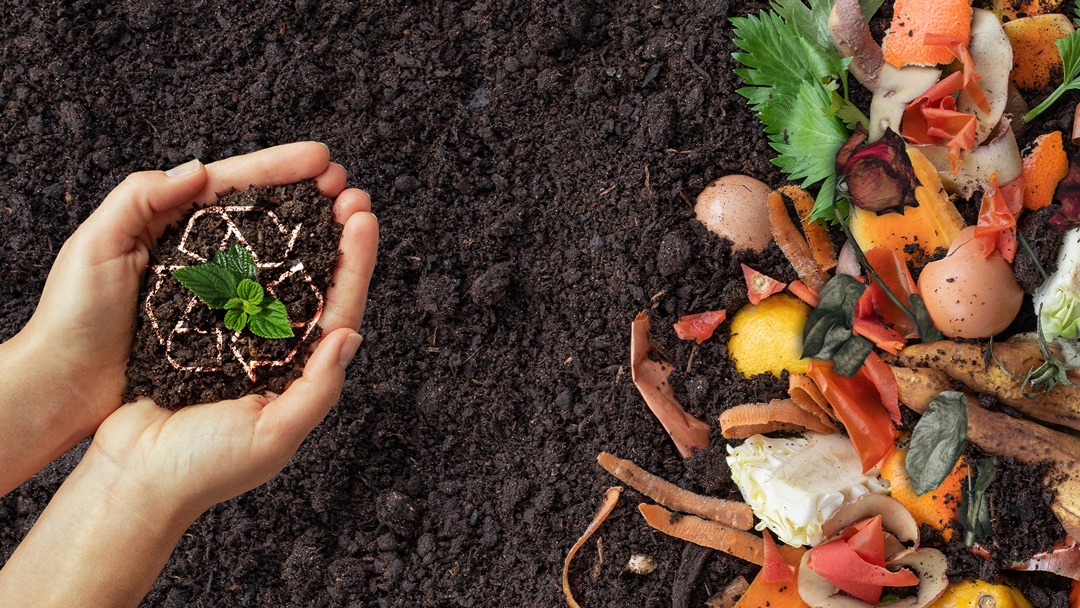Organic composting design refers to the planning and implementation of a system to turn organic waste into compost, a nutrient-rich soil amendment that can be used to improve soil fertility and plant growth. A well-designed composting system can reduce waste sent to landfills, conserve natural resources, and support sustainable agriculture.
Some key considerations for organic composting design include:
- Site selection: Choose a location that is easily accessible, has good drainage, and is away from sensitive areas such as water sources and residential neighborhoods.
- Type of composting system: Decide on the type of composting system that best suits your needs, such as a simple backyard compost bin, a large-scale commercial composting facility, or a vermiculture system that uses worms to break down organic waste.
- Input materials: Identify the types of organic waste that can be composted, such as food scraps, yard waste, and manure, and ensure that there is a good mix of carbon-rich and nitrogen-rich materials.
- Aeration and moisture: Provide adequate aeration and moisture to the composting material to promote microbial activity and decomposition.
- Maintenance and monitoring: Regularly turn or mix the compost pile to ensure even decomposition, monitor temperature and moisture levels, and troubleshoot any issues that arise.
- Use of compost: Once the compost is mature, it can be used to enrich soil for gardening, farming, or landscaping.
Overall, a well-designed organic composting system can turn organic waste into a valuable resource and support sustainable agriculture and land use practices.
Types of Composting and Understanding the Process
Composting is the process of breaking down organic matter into a nutrient-rich soil amendment. There are several types of composting methods that can be used, each with its own advantages and disadvantages.
- Aerobic Composting: This method involves the use of oxygen to break down the organic material. It can be done in a backyard compost bin, a commercial composting facility, or using mechanical composting equipment. The aerobic composting process is relatively quick and efficient, producing high-quality compost in a matter of weeks.
- Anaerobic Composting: This method involves the decomposition of organic material in the absence of oxygen. It is typically slower than aerobic composting and produces a less desirable end product that may have an unpleasant odor. Anaerobic composting is often used for large-scale organic waste management, such as in landfill operations.
- Vermicomposting: This method uses earthworms to break down organic material into a nutrient-rich compost. It can be done in a worm bin, which is typically smaller and suitable for home use, or in larger-scale vermiculture operations. Vermicomposting is an efficient and odor-free process that produces high-quality compost.
The composting process involves four main stages:
- Initial decomposition: Microorganisms break down the organic material into simpler compounds.
- Thermophilic phase: The temperature of the compost pile increases, usually reaching 131-150°F (55-65°C), as thermophilic microorganisms break down the organic material further.
- Cooling and maturation: As the compost pile cools down, mesophilic microorganisms take over, continuing to break down the organic material.
- Stabilization: The compost reaches a stable state, with a pH of around 7 and a dark brown, crumbly texture.
Understanding the composting process and selecting the appropriate composting method is important for successful composting and the production of high-quality compost. Proper maintenance and monitoring of the compost pile can help ensure that the composting process proceeds smoothly and efficiently.




